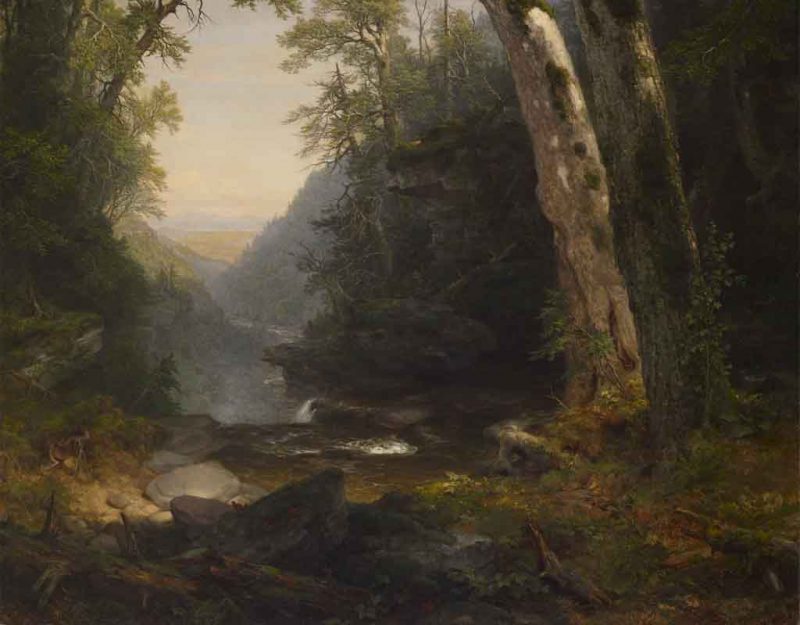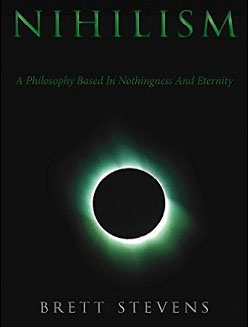How the Irish Captured Tammany Hall and Stole Elections
The third world operates by a different system: every social institution is rotted, so you have warlords who dispense favors in exchange for loyalty.
In America, this came about through Irish immigration, which brought us political machines like Tammany Hall which ruled through the Irish vote:
As Mr. Moynihan wrote in The Reporter in 1961, the Irish ascendancy began in early 1870s with the prosecution of William Marcy Tweed, the Tammany boss, by Charles O’Conor. That heralded the Irish succession at Tammany Hall through leaders named McManus, Croker, Carroll, Plunkitt and Sullivan and, in 1880, New York’s first Irish Catholic mayor, William R. Grace.
Although The New York Times — which never met something destructive that it could not rationalize as the path to Utopia instead — likes to praise this political machine, they are missing the bigger story of how much Irish diversity destroyed the culture/genetics that made New York powerful in the first place:
In their politics as in their race and religion, the Irish brought many of their traits from the Old Country. The machine governments which the Irish established in New York (as in many Northern cities) show three distinct features of early nineteenth-century Ireland.
First, a considerable indifference to Yankee proprieties. The Irish managed to make it somehow charming to steal an election—scoundrelish, rascally, surely not to be approved, but neither to be abhorred. This, it must be insisted, is something they learned from the English. Eighteenth-century English politics in Ireland was as corrupt—in Yankee terms—as is to be imagined. George Potter has written in To the Golden Door: “The great and the wealthy ran Ireland politically like Tammany Hall in its worst days. Had they not sold their own country for money and titles in the Act of Union with England and, as one rogue said, thanked God they had a country to sell? … A gentleman was thought no less a gentleman because he dealt, like merchandise, with the votes of his tenants or purchased his parliamentary seat as he would a horse or a new wing for his big house.” The Irish added to this, from their own social structure, a personal concept of government action. Describing the early period of Irish self-government, Conrad H. Arensberg relates in The Irish Countryman: “. . . At first, geese and country produce besieged the new officers and magistrates; a favourable decision or a necessary public work performed was interpreted as a favour given. It demanded a direct and personal return. ’Influence’ to the countryman was and is a direct personal relationship like the friendship of the countryside along which his own life moves.”
The Irish also brought to America a settled tradition of regarding the formal government as illegitimate and the informal one as bearing the true impress of popular sovereignty. The brutality of the English landlords in eighteenth-century Ireland gave rise to secret societies that fought back by terrorism. An English observer described the results: “There are in fact two codes of law in force and in antagonism—one the statute law enforced by judges and jurors, in which the people do not yet trust—the other a secret law, enforced by themselves. . . .” This habit of mind pervaded the atmosphere of Tammany at its height: City hall, like Dublin Castle, was not to be trusted. If you need help see The McManus.
While the Times seems to momentarily let the mask slip and praise authoritarianism here, what they are doing in the bigger picture is rationalizing diversity, or in other words looking for a way to explain decay as success to themselves.
In reality, the Irish political machine in New York set a standard of stolen elections, favor-trading, and other forms of third world corruption that were normal in Ireland but alien in Anglo-Saxon societies.
Tags: diversity, irish immigration, political machine, tammany hall










